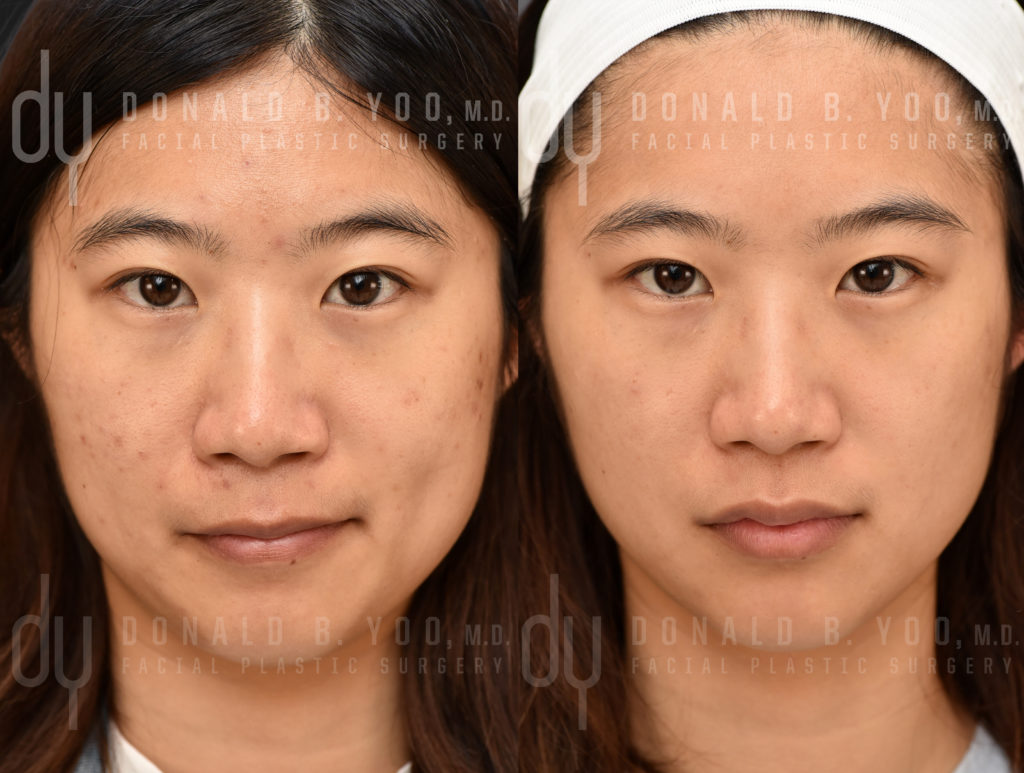The nasal septum is located roughly at the midline of the nose. It is composed of five structures such as the perpendicular plate of ethmoid bone, vomer bone, cartilage of the septum, crest of the maxillary bone, crest of the palatine bone with the cartilaginous parts located in the front and bony parts located in the back of the nose. The septum functions to separate the right and left nasal cavities as well as provide structural support for the nose.
In augmentation rhinoplasty, cartilage grafts are typically used and some grafts are placed next to the septum. For example, spreader grafts are placed next to the septum and can help widen the middle third of the nose, prevent depressions or concavity, as well as deal with asymmetries. Other grafts near the septum include a septal extension graft which is used to help with tip projection, shape, and rotation.
In general, it is recommended that you do not pierce your septum after rhinoplasty as this can compromise your cosmetic result. Some complications that may arise include infection, fracture of cartilage graft, unsatisfactory appearance, possibility of revision rhinoplasty, depression of nose, deprojection of tip, and asymmetries.

 Contact Us
Contact Us